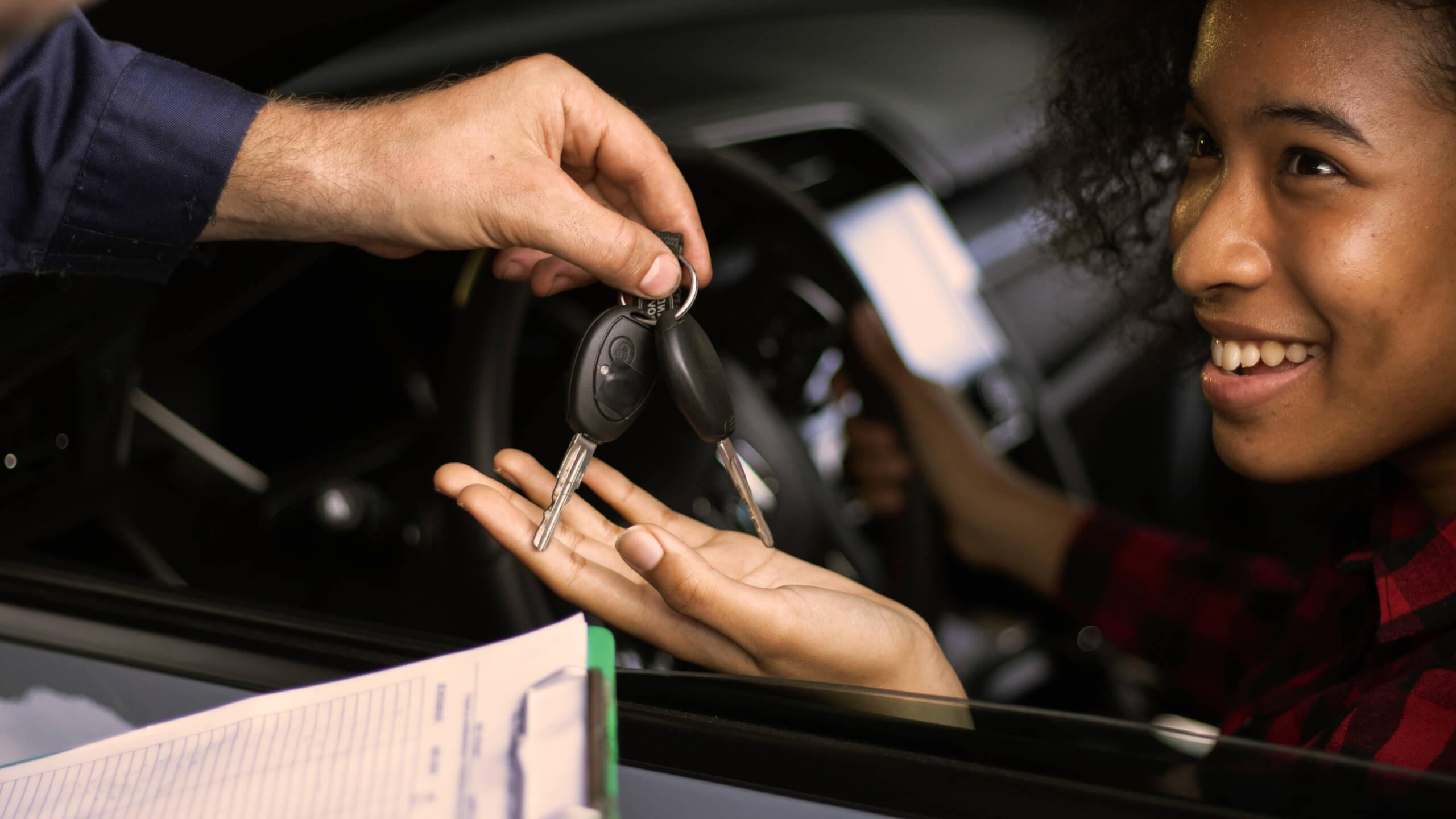Americans presently owe $1.3 trillion in auto mortgage debt, equal to 5.5% of GDP. Auto mortgage originations totaled $584 billion in 2018, the very best 12 months in the 19-year history of the facts for automobile mortgage originations, in nominal terms, and a boom from 2017’s $567 billion. There should be a massive problem that the tremendous rise in car debt should depart thousands and thousands of Americans financially pronely, particularly while we enter the next economic slowdown or recession. Not handiest have car loans risen, but Americans are sporting car loans for longer intervals of time. According to “Driving Into Debt, The Hidden Costs of Risky Auto Loans to Our Customers and Communities,” a report with extensive data and statistics showing discrimination in the lending and other abusive practices, “Of all auto loans issued inside the first two quarters of 2017, 42 percent carried a term of six years or longer, compared to just 26 percentage in 2009.”

Unsurprisingly, vehicle debt per capita is notably higher in states like Texas, in which there’s the least amount of public shipping. According to Policy Analyst R.J. Cross, testifying at House Financial Services listening to “Examining Discrimination in the Automobile Loan and Insurance Industries” on behalf of Frontier Group and U.S. Public Interest Research Group, “Consumers are a chance. Delinquencies are rising. The percentage of car debt that is severely antisocial – meaning ninety days overdue or extra – is the best it’s been because of 2012 and remains mountain climbing. Cross is one of the authors of “Driving Debt, The Hidden Costs of Risky Auto Loans to Our Customers and Communities.” more than 7 million Americans have overlooked at least three monthly vehicle payments.” She emphasized that what makes those delinquencies “deeply troubling is that they may be going on in a robust U.S. Economic system.”
Car ownership will stay essential to the financial nicely-being of Americans because of a long time of government transportation rules. Since 1956, legislators have disproportionately ignored investments in transportation infrastructure, such as rail. Driving into Debt states, “Access to a car is essential to reach jobs and financial opportunity in many of the nations. Even within the state’s maximum transit-oriented metropolitan location, New York City, the handiest 15 percent of jobs are on hand within an hour via transit, rather than 75 percent inside an hour’s drive. Other towns with less sturdy transit systems have fewer jobs available via transit.”
As of December 31, 2018, general family indebtedness changed to $13.54 trillion to put car loans into context. Aggregate family debt expanded within the fourth sector of 2018 for the 18th consecutive area and is now $869 billion (6.Nine%) higher than the previous (2008Q3) height of $12.Sixty-eight trillion. After mortgages, automobile loans were the best stage of Americans’ debt, but lately, scholar loans have overtaken automobile loans. During nowadays’s congressional hearing, Attorney John W. Van Alst of the National Consumer Law Center and Director of NCLC’s Working Cars for Working Families Project stated research through Professors Ian Ayres and Peter Siegelman, that “Consumers of a few races and ethnicities are occasionally charged hundreds and even lots of bucks extra to finance a car and are charged extra for the car itself.”
Additionally, their research discovered that “they’re more likely to be compelled to buy upload-on merchandise which includes carrier contracts, on occasion being advised that the accessories are required, after which are charged extra for those same add-ons. Attempting to barter for better terms is ineffective in coping with these disparities.” Van Alst explained, “These disparities make cars greater high-priced for a few races and ethnic companies and hold some families from getting an automobile in any respect.
They contribute to the variations we see in the potential of households to get a vehicle. Of families at or below the poverty line, thirteen% of White households lack Access to a car, compared to 31% of African American and 20% of Hispanic families.” He says, “Many disparities get up because the marketplace for automobiles is troublingly opaque and inconsistent. An extra consistent and transparent marketplace would now not best benefit consumers of color but all market participants, inclusive of automobile dealers, finance entities, and insurers that want to compete pretty and overtly on rate and satisfactory on a stage gambling field.”
